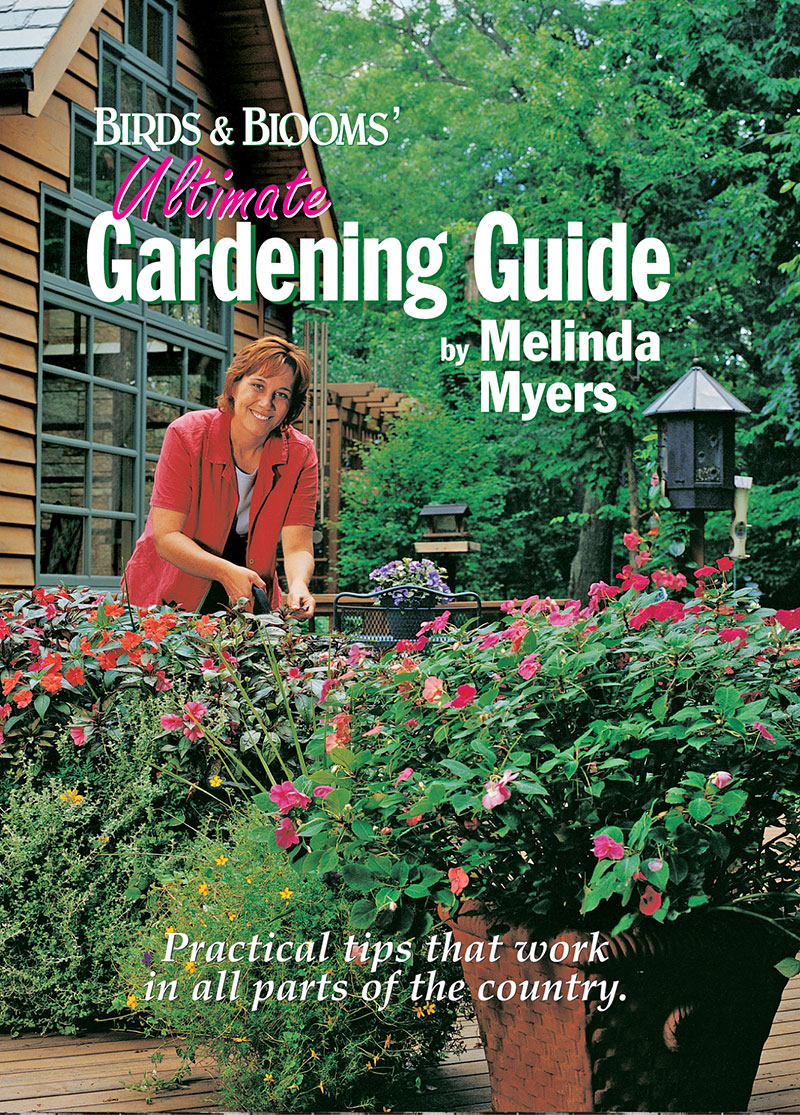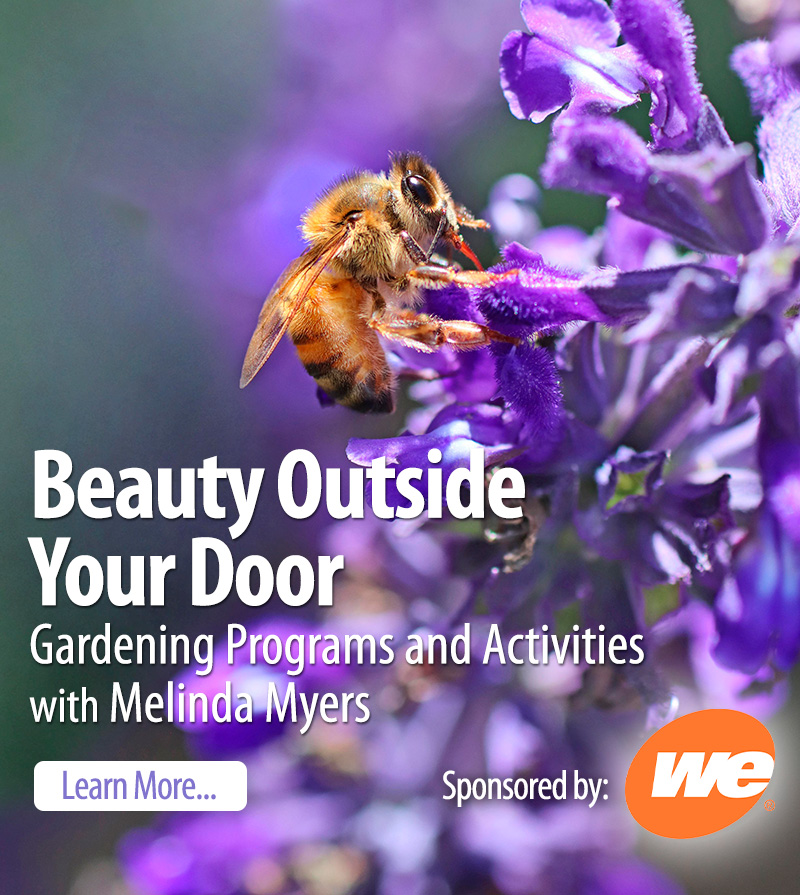Attract Beneficial Insects with Spotted Bee Balm (Monarda punctata)
Many gardeners know and grow bee balm (Monarda dydima), but its beautiful mildew resistant cousin spotted bee balm is often overlooked.
You’ll know it’s a bee balm by its unique, almost Dr. Seuss-like flowers. The small creamy yellow flowers appear between layers of white to lavender leaf bracts. The flowers appear throughout the summer and even longer with a bit of deadheading.
You’ll also find various bees, butterflies and beneficial insects visiting this native plant. The beneficial insects feed on or parasitize aphids, whiteflies and mealybugs helping to minimize the damage done by these garden pests.
Grow spotted bee balm in full sun or partial shade and well- drained soil. It is drought tolerant once established, resistant to powdery mildew and the deer tend to leave it be.
Use this zone 3 to 8 hardy perennial in wildflower or perennial gardens or to naturalize a sunny, fast draining slope.
A bit more information: Reduce mildew problems on Monarda dydima with proper siting and care. Grow it in full sun with good air circulation. Thin the plantings in spring to increase light and air penetration. Then mask infested leaves with slightly shorter nearby plantings.
Related

Audio
Categories
Upcoming Live Events
& Webinars
April 27, 2024
Ridges & Rivers Book Festival
Viroqua, WI
Register now
April 28, 2024
Flowering Trees and Shrubs
Ebert's Greenhouse Village, Ixonia, WI
May 1, 2024
FREE WEBINAR
Ornamental Fruits and Vegetables
Register now
May 4, 2024
Garden U 2024
New Richmond, WI
Register now
May 9, 2024
FREE WEBINAR
How to Plant Your Rain Garden
Register now
May 11, 2024
Ask The Plant Doctor Q & A
Ebert's Greenhouse Village, Ixonia, WI
May 12, 2024
Ask The Plant Doctor Q & A
Ebert's Greenhouse Village, Ixonia, WI
May 18, 2024
Ask The Plant Doctor Q & A
Ebert's Greenhouse Village, Ixonia, WI
June 1, 2024
Selecting, Planting, Pruning and Caring for Hydrangeas
Ebert's Greenhouse Village, Ixonia, WI
June 5, 2024
FREE WEBINAR
Under-Appreciated Pollinators
Register now
WATCH ON-DEMAND WEBINARS
Learn More



















